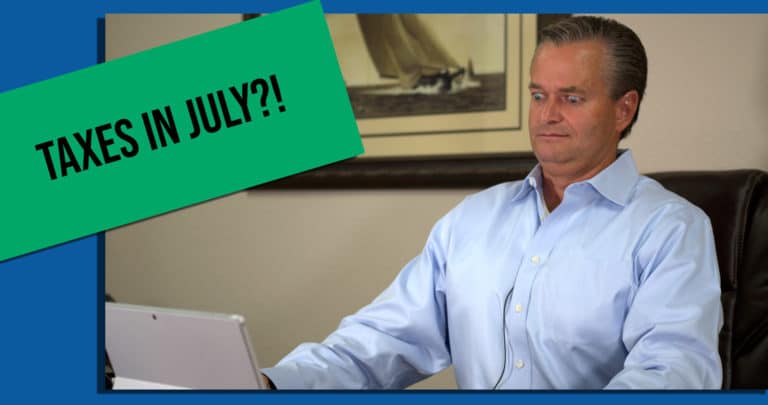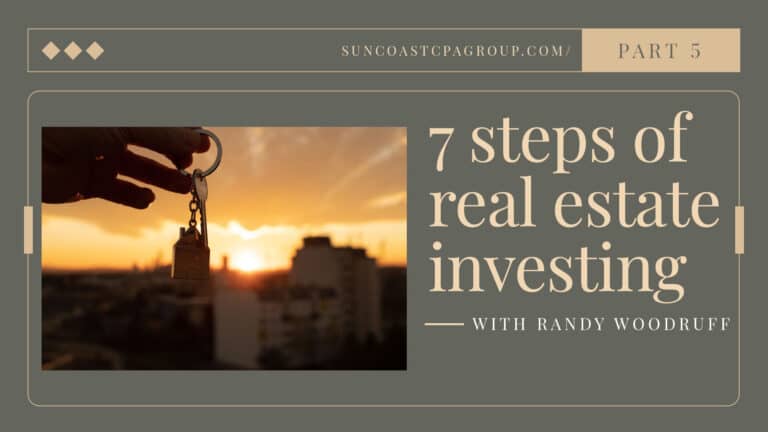I want to talk to you today about year-end tax planning.
I know we’ve had this conversation in the past once or twice, but I want to talk about it again and get more specific on this part of the conversation related to one of the big mistakes I see people make at the end of the year.
They came in and made a bit of money in the year, but now they want to spend a bunch of money not to pay taxes. We all like not paying taxes or minimizing our tax liability, and I am all in favor of significantly minimizing your tax liability. But I want to make sure everybody understands that when you calculate your taxes at the end of the year, you take your taxable income and multiply it by a tax rate, and the tax rates vary based on your income. So basically, the more money you make, the more you pay taxes. Whether you’re single, married, or married, filing joint and a separate head of household, there are several different tax rates. As your income increases, you pay a higher tax rate on that higher income. Let’s illustrate a point. Let’s say you have a profit in your business, a quarter of $1,000,000 this year.
That’s your taxable income. A part of that income will be taxed at 10%, and a part will be taxed at 12%. It will be taxed at 22% and part of 24%.
If you’re coming to your accountant before the end of the year, we can do some planning.
As I talk to clients about year-end tax planning at the end of the year, I want to ensure that we’re spending money wisely. We’re not just spending money to save taxes; we want to make sure we spend wisely. More critical than saving taxes is that we’re spending money wisely, and the money we’re spending will make us money in our business this year and in future years. So if you were to come in and see us at the end of the year and say, “Hey, what can I do to save some money on my taxes?”, What do you need to buy this year? Do you need more equipment in your business?
You needed about, let’s say, $30,000 worth of new equipment. So if you spend $30,000 a year in the 24% bracket, you’ll save roughly $7,500 in taxes. So if you spend $30,000, you save $7,500 in taxes. You still are out net $22,500. And that’s the point I want to make. It’s not wise from a building equity standpoint to save money to spend money to get your taxable income down. Because at that point, if you needed to spend only $30,000 on new equipment or purchases in your business year to year, which you spent 150, you spent money that you didn’t need to spend.
You’re not going to get the return. Keep that in mind. So as you’re doing your year-end tax planning and thinking about your tax planning, we want to make sure that, yes, if you need to spend, definitely spend the money, but don’t overspend to save on taxes. Because even if you’re in the top tax rate of 37%, you’re still out $0.63 if you’re spending money on things you don’t need in your business.
It’s crucial when you do your tax planning to know where you’re at, where tax brackets you are in, and then calculate, “if I spend 30, if I spend 50, if I spend 100 on new equipment this year to save taxes, what am I going to be saving?” You know, and let’s say that number is $15,000 to $18,000, or $20,000, but you spend $100,000 and still out $80,000.
So it’s one of the big misconceptions I constantly get when new clients say, “Hey, I need to get my income down to zero by the end of the year if I’m paying taxes.” Do it if you need to spend the money because you need the equipment. You may also want to break it up over two years. So keep that in mind. That’s one of the big misconceptions I see people doing is that they don’t think about not just taxes but what their spending is doing to their overall net worth.



